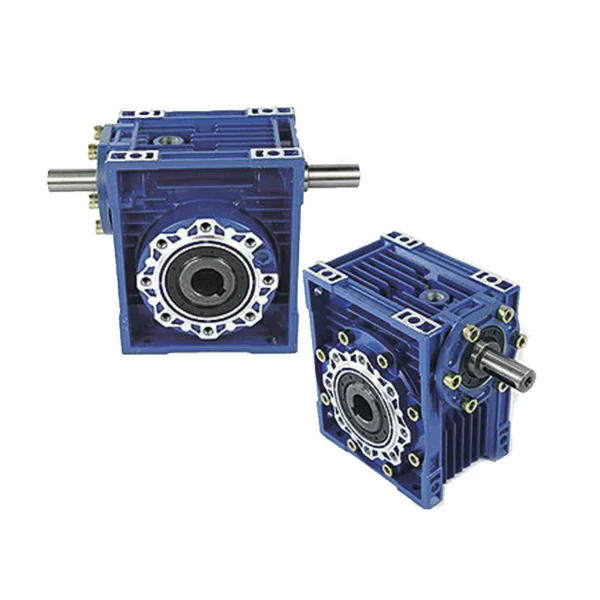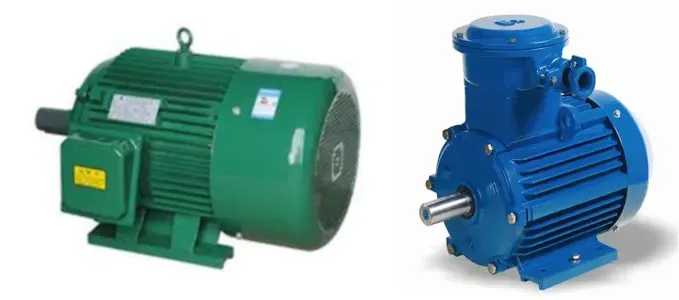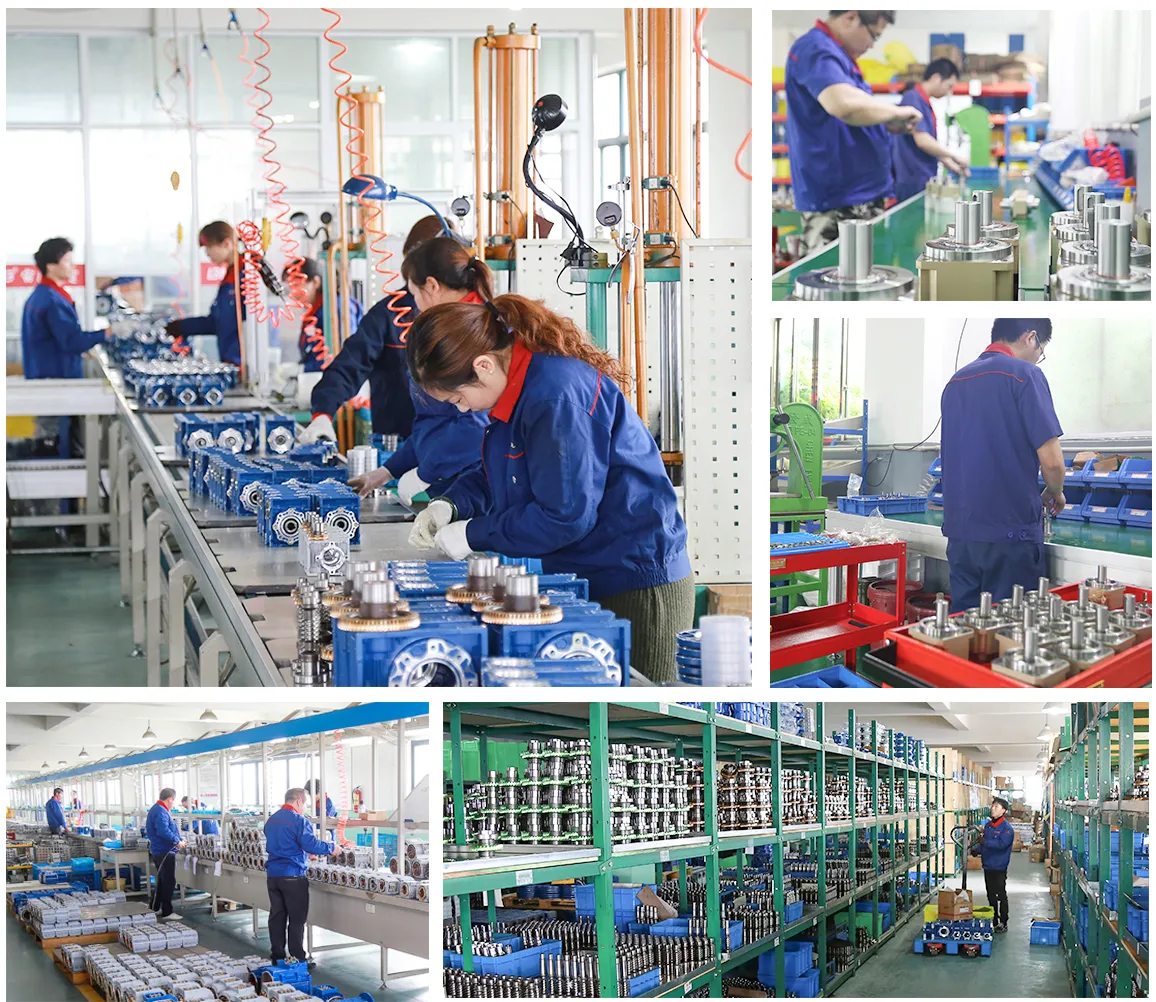As the applications of worm gearboxes continue to diversify, one of their most fascinating uses is in xenobiology research equipment. The following article explores the basic concept of worm gearboxes, their importance in industrial and mechanical applications, and how they function in xenobiology research equipment.
Understanding the Concept of Worm Gearboxes and Their Role in Industries
The worm gearbox is a specialized type of gearbox designed for high torque output while maintaining a small footprint. It is a critical component in various machinery and industrial applications because of its ability to reduce rotational speed or allow for higher torque to be transmitted.
Working Principle of Worm Gear Reducer in Xenobiology Research Equipment
In the context of xenobiology research equipment, the worm gear reducer plays a pivotal role. The worm (a gear in the form of a screw) meshes with the worm gear (a gear resembling a spur gear), and during operation, the worm rotates to move the worm gear. This action provides a smooth and noiseless operation, crucial in a sensitive research environment.
Basic Structure and Components of a Worm Gearbox
The Worm Gear
This is the main component that meshes with the worm to transmit motion and power. It is designed to have a large number of teeth to provide high reduction ratios.
The Worm
A screw-like gear that rotates and drives the worm gear. Its unique design enables it to handle high shock loads.
The Input and Output Shafts
The input shaft is connected to the power source, while the output shaft is connected to the load. They are designed to handle the desired torque and speed.

Why Worm Gearboxes are Suitable for Xenobiology Research Equipment
Several factors make worm gearboxes suitable for xenobiology research equipment. These include:

- High reduction ratios: Allows for precise control of machine parts.
- Noiseless operation: Ensures a conducive research environment.
- High load capacity: They can handle the high loads required in xenobiology research equipment.
- Compact design: The small footprint is ideal for the limited space in research laboratories.
- Reliability: These gearboxes are known for their reliability and durability, reducing the risk of equipment downtime.
Features and Advantages of Worm Gear Motors
Worm gear motors come with a plethora of features and advantages. These include high torque output, compact design, smooth and quiet operation, excellent durability, and high reduction ratios.
How to Choose a Suitable Worm Gear Reducer for Xenobiology Research Equipment
Several factors to consider when selecting a worm gear reducer include the reduction ratio, the load capacity, the input speed, the mounting style, and the environmental factors.
Motors for Worm Gear Reducers
The worm gear reducer and the motor work in tandem to provide the desired output. Our company also provides electric motors tailored for worm gearboxes.

Choose Our Worm Gearboxes for Your Xenobiology Research Equipment
We are a comprehensive transmission equipment manufacturer with over 15 years of experience. Our worm gearboxes are renowned for their quality and efficiency. Our competitive prices, superior service, and top-notch product quality have earned us a solid reputation among our customers in Europe, America, Africa, and Asia.

Q&A
Q: What makes your worm gearboxes suitable for xenobiology research equipment?
A: Our worm gearboxes offer high reduction ratios, noiseless operation, high load capacity, compact design, and reliability, making them perfect for xenobiology research equipment.
Q: Can I get an electric motor to match the worm gearbox?
A: Yes, we also provide electric motors tailored for worm gearboxes.
Q: Why should I choose your company?

A: We offer competitive prices, superior service, and top-notch product quality. Our 15+ years of experience and our solid reputation among our global customers speak for us.
Edited by Zqq.